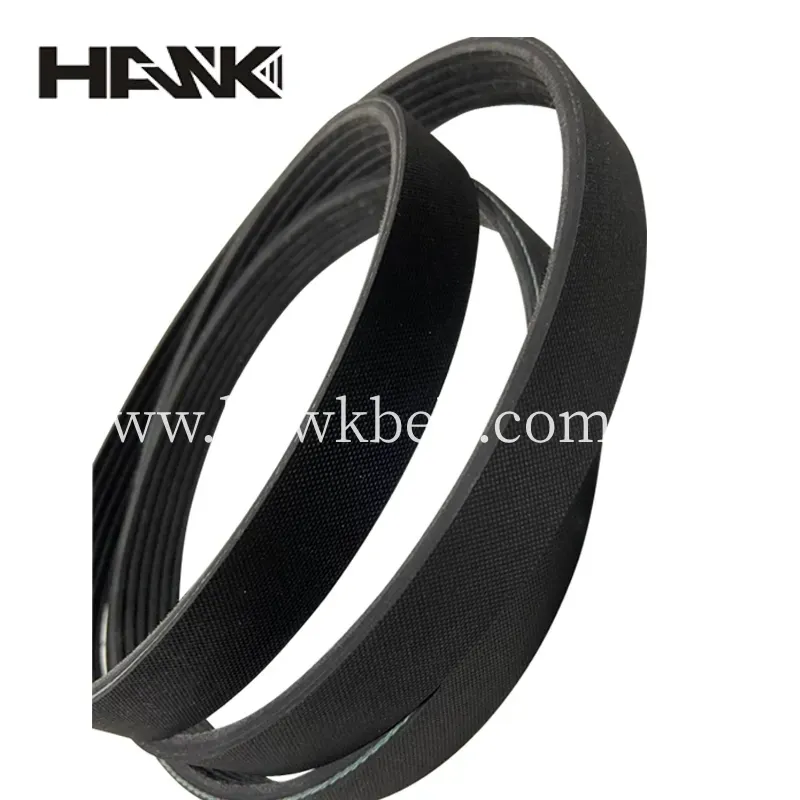- Arabic
- French
- Russian
- Spanish
- Portuguese
- Turkish
- Armenian
- English
- Albanian
- Amharic
- Azerbaijani
- Basque
- Belarusian
- Bengali
- Bosnian
- Bulgarian
- Catalan
- Cebuano
- Corsican
- Croatian
- Czech
- Danish
- Dutch
- Afrikaans
- Esperanto
- Estonian
- Finnish
- Frisian
- Galician
- Georgian
- German
- Greek
- Gujarati
- Haitian Creole
- hausa
- hawaiian
- Hebrew
- Hindi
- Miao
- Hungarian
- Icelandic
- igbo
- Indonesian
- irish
- Italian
- Japanese
- Javanese
- Kannada
- kazakh
- Khmer
- Rwandese
- Korean
- Kurdish
- Kyrgyz
- Lao
- Latin
- Latvian
- Lithuanian
- Luxembourgish
- Macedonian
- Malgashi
- Malay
- Malayalam
- Maltese
- Maori
- Marathi
- Mongolian
- Myanmar
- Nepali
- Norwegian
- Norwegian
- Occitan
- Pashto
- Persian
- Polish
- Punjabi
- Romanian
- Samoan
- Scottish Gaelic
- Serbian
- Sesotho
- Shona
- Sindhi
- Sinhala
- Slovak
- Slovenian
- Somali
- Sundanese
- Swahili
- Swedish
- Tagalog
- Tajik
- Tamil
- Tatar
- Telugu
- Thai
- Turkmen
- Ukrainian
- Urdu
- Uighur
- Uzbek
- Vietnamese
- Welsh
- Bantu
- Yiddish
- Yoruba
- Zulu
Sep . 16, 2024 01:19 Back to list
High-Quality Flat Timing Belts for Enhanced Performance
Understanding Flat Timing Belts Significance and Applications
Timing belts play a crucial role in the functionality of internal combustion engines and various mechanical systems. Among the varieties available, flat timing belts, also known as synchronous belts, have garnered attention for their unique design and performance attributes. This article explores the characteristics, benefits, and applications of flat timing belts, emphasizing their significance in modern machinery.
What is a Flat Timing Belt?
Flat timing belts are characterized by their wide, flat surface and tooth profile, which enables them to create a synchronized movement between pulleys. Made from durable materials like rubber or polyurethane, these belts can withstand significant tension and wear, making them suitable for demanding applications. The teeth on the belt engage with corresponding grooves on the pulleys, ensuring a precise and slip-free connection that is essential for maintaining the timing of engine components.
Advantages of Flat Timing Belts
One of the primary benefits of flat timing belts is their efficiency. Due to the synchronous nature of their operation, these belts minimize the chances of slippage, allowing for consistent power transmission. This feature is paramount in applications where timing is critical, such as in automotive engines and industrial machinery.
Moreover, flat timing belts are known for their low maintenance requirements. Unlike traditional V-belts, which may require frequent adjustments, flat timing belts maintain their tension over time, reducing the need for constant monitoring. This characteristic not only enhances the reliability of the machinery but also lowers operational costs due to decreased maintenance efforts.
flat timing belt

Another advantage is the noise reduction associated with flat timing belts. The smooth operation and vibration dampening capability of these belts contribute to a quieter functioning environment, which is particularly beneficial in applications that require minimal noise, such as robotics and medical equipment.
Applications of Flat Timing Belts
Flat timing belts find widespread use across various industries. In the automotive sector, they are integral to synchronizing vital engine components, such as camshafts and crankshafts. The precise timing they provide is essential for optimal engine performance and efficiency.
In addition to automotive applications, flat timing belts are extensively utilized in manufacturing and packaging machinery. Their ability to handle tension and provide precise movement makes them ideal for conveyor systems, where accurate timing is crucial for operational efficiency. Furthermore, industries utilizing CNC machines also employ flat timing belts for their reliability and superior performance in motion control.
Additionally, flat timing belts are prominent in agricultural machinery, where they assist in synchronizing the functions of various components, ensuring smooth operation in challenging environments.
Conclusion
In summary, flat timing belts are a vital component in numerous mechanical systems, delivering efficiency, reliability, and low maintenance. Their unique design and functional advantages make them indispensable in automotive, manufacturing, and agricultural applications. As technology continues to advance, the role of flat timing belts is likely to expand, solidifying their position as a fundamental element in the machinery of the future. Understanding their importance is essential for anyone involved in engineering, manufacturing, or automotive industries.
-
Upgrade Power Steering Pump Belt for Smooth, Quiet Operation
NewsAug.27,2025
-
Precision Timing Belt & Chain: Engine Performance & Durability
NewsAug.26,2025
-
Precision Lathe Drive Belts: Durable & Reliable Performance
NewsAug.25,2025
-
84.5 Serpentine Belt: Durable & Precision Fit for Your Engine
NewsAug.24,2025
-
Premium Ribbed Drive Belts for Quiet Power Transmission
NewsAug.23,2025
-
High-Performance Vehicle Timing Belt for Engine Precision
NewsAug.22,2025

